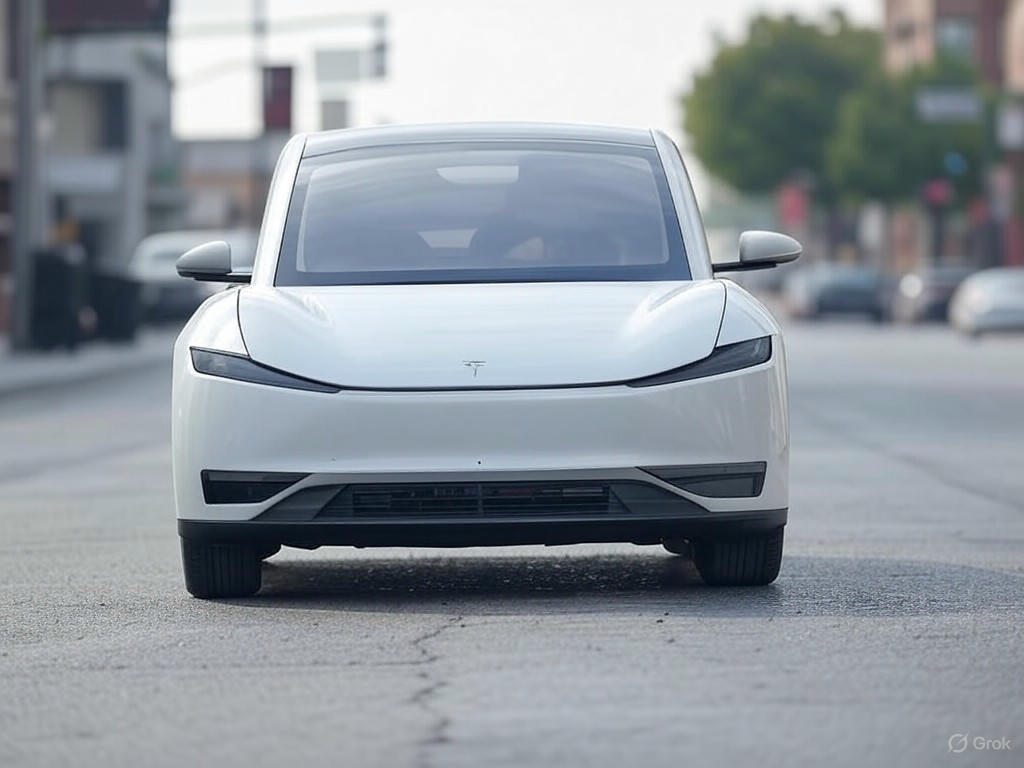Tesla Robotaxi Debuts in Austin: A Glimpse into the Future of Ride-Hailing
The future of transportation is rolling out in Austin, Texas, as Tesla launches its much-anticipated robotaxi service this Sunday. This groundbreaking initiative marks a significant step toward autonomous urban mobility, with the electric vehicle giant aiming to redefine how people navigate city streets. Unlike traditional ride-hailing platforms, Tesla’s offering promises a fully driverless experience, albeit with a unique twist for its initial phase.
At the heart of this launch is Tesla’s commitment to safety and innovation. The robotaxis, equipped with cutting-edge artificial intelligence and sensor technology, will operate within a geofenced area of Austin, ensuring controlled testing conditions. What sets this rollout apart is the inclusion of a ‘safety monitor’ in each vehicle. While the cars are designed to function autonomously, these human overseers will be present to intervene if unexpected challenges arise, providing an extra layer of reassurance for passengers and regulators alike. This hybrid approach reflects Tesla’s cautious yet ambitious strategy to build trust in self-driving technology, especially in a landscape where public skepticism and regulatory scrutiny remain high. The company has not disclosed the exact duration of this monitored phase, but industry experts suggest it could serve as a blueprint for scaling operations in other cities.
The implications of Tesla’s robotaxi service extend far beyond Austin. For the ride-hailing industry, this launch signals a potential shift in how services are delivered, with automation poised to reduce operational costs and improve efficiency over time. Investors are keenly watching, as the success of this pilot could pave the way for Tesla to dominate a market projected to be worth billions in the coming decades. Local businesses in Austin are also optimistic, anticipating that the service will boost foot traffic by offering a futuristic and convenient transport option. However, concerns linger about job displacement for traditional drivers and the readiness of infrastructure to support a fleet of autonomous vehicles. Tesla has yet to address how it will balance these societal impacts, though its focus on safety suggests a measured approach to expansion.
As the robotaxi service begins, all eyes are on Tesla to deliver on its promise of a seamless, safe, and sustainable ride-hailing experience. The geofenced rollout, while limited in scope, is a critical testing ground for the technology’s real-world performance. Passengers in Austin will be among the first to experience this innovation, providing valuable feedback that could shape the future of urban travel. Meanwhile, competitors in the autonomous vehicle space are likely to accelerate their own projects, intensifying the race to redefine transportation.
Tesla’s Austin experiment is more than just a product launch; it’s a bold vision of what cities could look like in the years ahead. If successful, this pilot could mark the beginning of a new era, where driverless cars become the norm rather than the exception. For now, the world watches as Tesla takes its first steps into this uncharted territory, one ride at a time.


